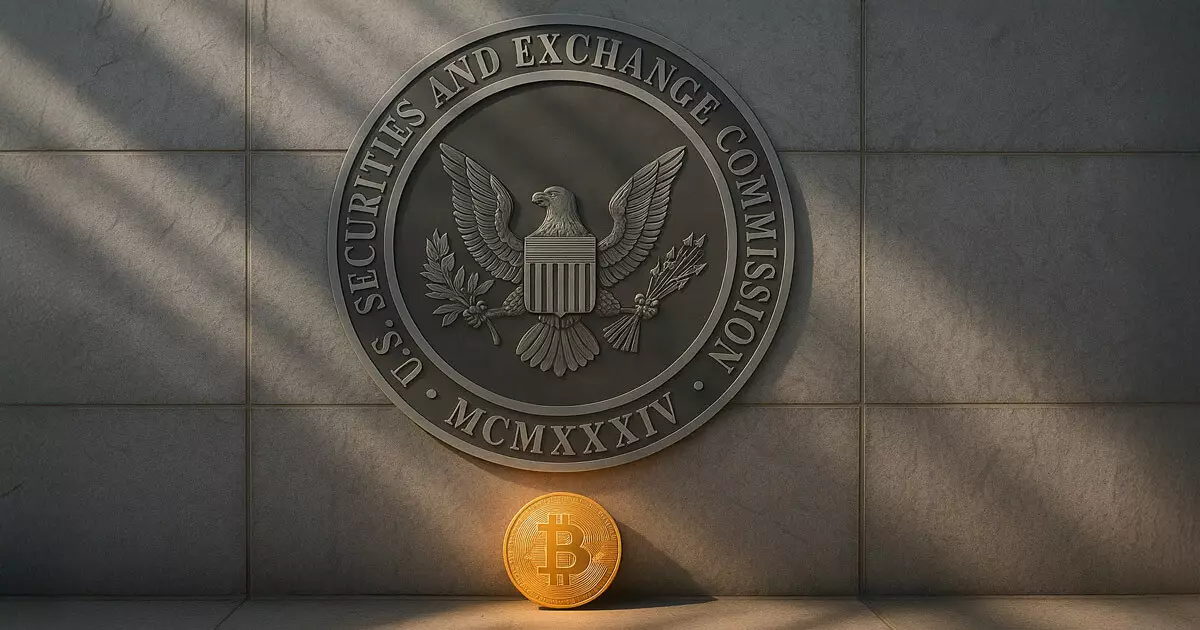The recent announcement that the U.S. Securities and Exchange Commission (SEC) is reviewing 72 filings for crypto-related exchange-traded funds (ETFs) represents a pivotal moment in how digital assets are perceived in traditional financial markets. This diverse batch includes not just mainstream cryptocurrencies like Bitcoin and Ethereum but also assets such as XRP, Litecoin, and even memecoins like Dogecoin. Such a sweeping review indicates a growing acceptance of cryptocurrencies within regulatory frameworks that have long lobbied for caution and clarity.
The Changing Landscape of Financial Investment
To understand the significance of these ETF filings, consider the analogy made by Bloomberg’s Eric Balchunas. He likens the approval of crypto ETFs to a band gaining access to major streaming platforms. This analogy isn’t merely catchy; it underscores the transformative effect that ETF approval can have on the visibility and adoption of digital assets. Being listed on a reputable ETF not only offers legitimacy but also massively expands the audience—turning niche digital currencies into mainstream investment options. As the financial landscape becomes less tethered to traditional paradigms, it is the innovative, forward-thinking crypto assets that stand to gain the most from SEC approvals.
The Proliferation of Diverse Investment Vehicles
The filings also reveal an emerging diversity in investment strategies that extend far beyond the traditional spot ETF model. Institutions like ProShares and Tuttle Capital are increasingly proposing leveraged, inverse, and thematic products to cater to the speculative natures of many crypto enthusiasts. This shift towards a more intricate web of financial instruments reflects a deeper understanding that crypto markets are not just about holding digital assets; they’re about strategically engaging with market volatility and varying risk appetites.
While some may argue that these diverse products lend a degree of legitimacy to fringe currencies and memecoins, the reality remains stark. Bitcoin continues to maintain an overwhelming dominance in this arena, with projections estimating that it will command around 80-85% of crypto ETF assets in the long term. This perennial hegemony signifies that while the market diversifies, it will always return to its crypto cornerstone—Bitcoin—the asset that brought many investors into the digital realm.
The Institutional Gateway
It’s crucial to recognize that the SEC’s forthcoming decisions on these ETF applications could essentially serve as a gateway for institutional investors who have been sitting on the sidelines. As Bitcoin has largely established itself as the “gold standard” in the crypto market, institutional players are likely to adopt a wait-and-see approach before committing substantial resources to alternate assets. Approval of diverse bitcoin-related and altcoin ETFs might result in a more well-rounded market, but Bitcoin’s first-mover advantage makes it hard to break its hold on institutional interest.
The SEC’s impending decisions will not just dictate the future of cryptocurrency ETFs but will also gauge the integration of digital assets into conventional finance. The stakes could not be higher, as these developments may usher in an era of unprecedented legitimacy, growth, and potentially increased regulatory scrutiny in the crypto space. The outcomes of these ETF filings will set the tone for how both everyday investors and large institutions engage with the evolving landscape of digital assets.



















Leave a Reply